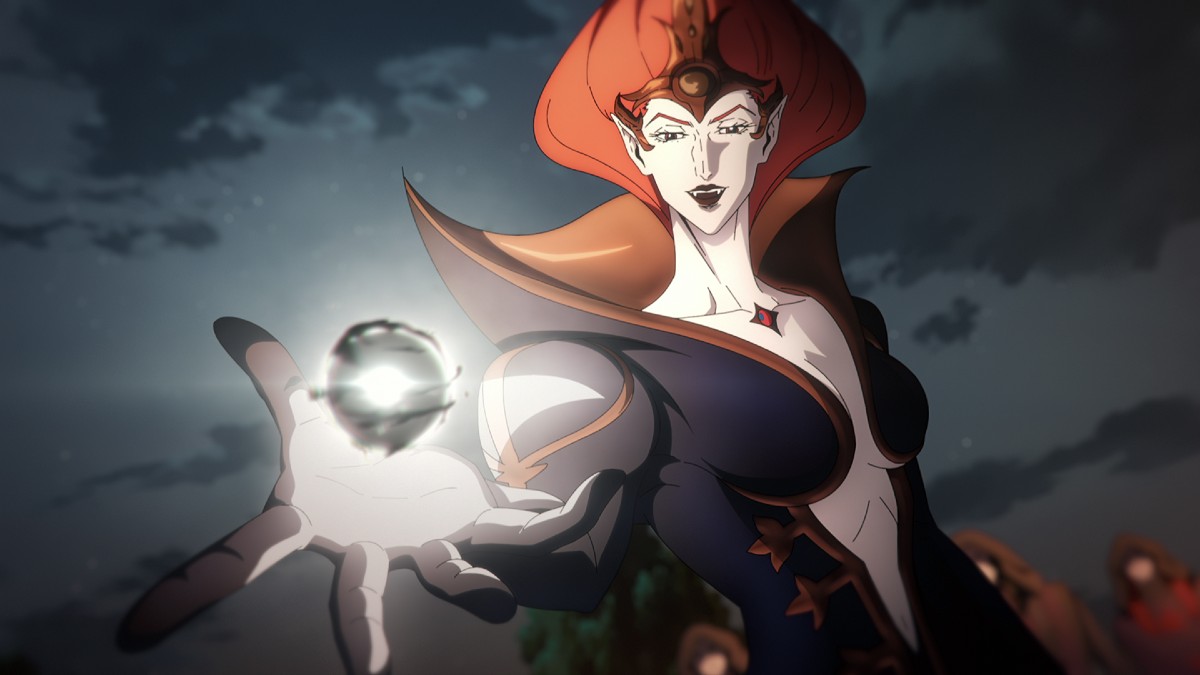Is Erzsebet Bathory Based on a Real Person in ‘Castlevania: Nocturne’?
Mother has arrived.

Castlevania: Nocturne is finally streaming on Netflix. A spin-off of the Castlevania series, the new show takes elements from the original and makes them even better. Like the first Castlevania, it focuses on a member of the Belmont monster-hunting clan trying to take out vampires. The problem is, we don’t necessarily want the heroes to kill the vampires.
It’s not that I don’t root for Richter Belmont and his friends, but this franchise just has a way of making the villains super cool. Even the night creatures are prettier this time around. Instead of Dracula being the big bad, we now have Erzsebet Bathory. This vampire wants to upend reality by making an eternal night where vampires can have dominion over the world.
Not to be content just as a vampire, Bathory has turned herself into a goddess. She even calls herself the “vampire messiah.” To become powerful, Bathory claims to have killed the goddess Sekhmet. Bathory drank the ancient Egyptian goddess’ blood to absorb all the power she held. Sekhmet looks like a lioness and is one of the solar deities. Using Sekhmet’s power, Bathory transforms herself into a vampire lioness hybrid and literally moves the moon and heavens to achieve her goal.
Bathory was a real person
Like Dracula of the first Castlevania series, Erzsebet Bathory is also based on a real person. Erzsebet, or Elizabeth Báthory, lived in Hungary from 1560 to 1614. She is also accused of being one of the most prolific serial killers in history. As a noblewoman, Báthory had access to money, land, and servants. According to accusations against her, she tortured and killed hundreds of female servants at her home. Supposedly, over 300 people claim to have seen evidence of her crimes. Word spread that she would drink or bathe in the blood of her victims to retain her beauty and youthful appearance. After her arrest and conviction, she spent the last years of her life in a tower at the Castle of Csejte.
Folklore labeled Báthory a vampire, and this is the legend Nocturne builds on to create an epic villain. In more modern years, however, historians and authors have questioned if Báthory was the killer people claimed. It does seem a little odd that in the 1600s, 300 hundred people could attest to her guilt. There are also theories that her religion or status as a wealthy single woman led to the accusations and conspiracies, not anything she actually did. Whether she was a killer or a victim of greedy men, Báthory still lives on in legend and as a badass fictional vampire.
(featured image: Netflix)
Have a tip we should know? tips@themarysue.com